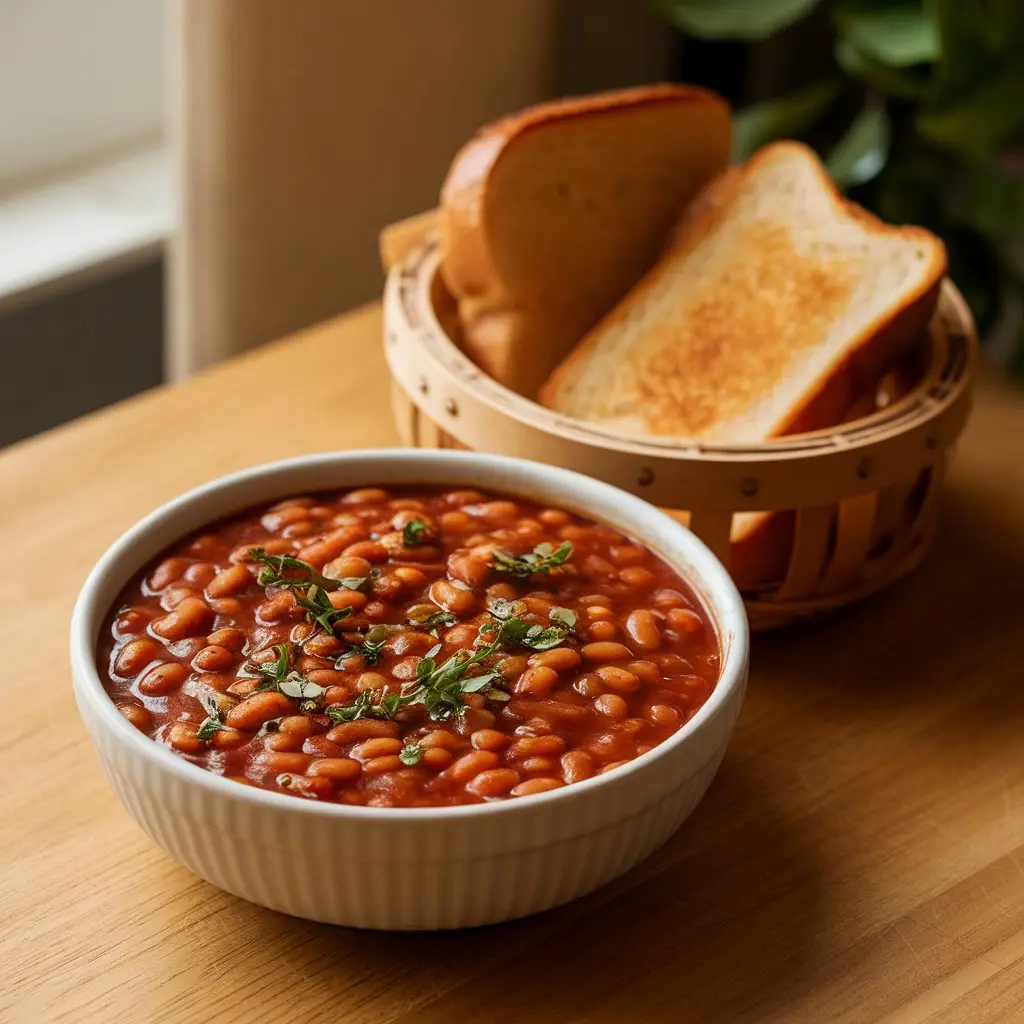
English Breakfast is the ultimate morning indulgence, and you’re about to learn how to whip up this delicious classic right in your own kitchen with these tasty hacks. No need to settle for bland when you can create a meal that rivals your favorite diner or café. From perfectly cooked eggs to mouthwatering sausages, we’ll show you how to bring that authentic English Breakfast flair home without any fuss.
Table of Contents
The Perfect English Breakfast: Mastering Fluffy Scrambled Eggs Technique
Fluffy scrambled eggs can transform a simple breakfast into something truly special. With just a few techniques, you can achieve that creamy, soft texture often found in restaurants. These eggs are light and airy, bursting with flavor, and are surprisingly easy to prepare at home.
Creating the perfect fluffy scrambled eggs involves just the right amount of heat and gentle stirring. The result is a dish that feels indulgent yet can be ready in minutes. Whether served alongside toast or as part of a full English breakfast, these eggs are sure to impress.

Ingredients
- 4 large eggs
- 2 tablespoons milk or cream
- 1 tablespoon unsalted butter
- Salt and pepper, to taste
- Chives or parsley, for garnish
Instructions
- Whisk Eggs: In a bowl, whisk together the eggs and milk or cream until fully combined and slightly frothy.
- Heat the Pan: Place a non-stick skillet over low to medium-low heat and add the butter. Let it melt gently without browning.
- Cook the Eggs: Pour the egg mixture into the skillet. Use a spatula to gently stir and fold the eggs continuously, ensuring they cook evenly.
- Season: Once the eggs are almost set but still slightly runny, season with salt and pepper. Remove from heat; the residual heat will finish cooking them.
- Serve: Plate the fluffy scrambled eggs and garnish with chopped chives or parsley. Enjoy immediately!
Elevating Your English Breakfast: Homemade Baked Beans with a Twist
Baked beans are a staple in English breakfasts, and making them at home can be a rewarding experience. With this recipe, you can enjoy rich and savory beans that are bursting with flavor. The blend of spices and a hint of sweetness from maple syrup or brown sugar gives these beans a unique twist that elevates them beyond the ordinary.
Not only are homemade baked beans easy to prepare, but they also allow you to customize the seasoning to your taste. Serve them alongside toast or as a hearty filling for a breakfast burrito. Whether you’re preparing a weekend brunch or a cozy weekday meal, these baked beans will surely impress your family and friends.

Ingredients
- 2 cans (15 oz each) navy beans, drained and rinsed
- 1 cup ketchup
- 1/4 cup maple syrup or brown sugar
- 1 tablespoon Worcestershire sauce
- 1 teaspoon Dijon mustard
- 1/2 teaspoon smoked paprika
- 1/2 teaspoon garlic powder
- 1/4 teaspoon black pepper
- 1/4 teaspoon salt
- 1/2 cup diced onion
- 1 tablespoon olive oil
Instructions
- Cook the Onion: In a skillet, heat the olive oil over medium heat. Add the diced onion and sauté until soft and translucent, about 5 minutes.
- Mix Ingredients: In a large bowl, combine the navy beans, ketchup, maple syrup (or brown sugar), Worcestershire sauce, Dijon mustard, smoked paprika, garlic powder, black pepper, and salt. Stir in the cooked onion.
- Combine in a Pot: Transfer the mixture to a saucepan and bring it to a gentle simmer over medium heat. Reduce the heat to low and let it simmer for 20-25 minutes, stirring occasionally.
- Serve: Once the beans are heated through and the sauce has thickened slightly, remove from heat and serve warm. Enjoy with toast or as part of your English breakfast.
Fun trivia
The Social Stratification of the English Breakfast: A Culinary Class Chronicle
The English Breakfast we know today represents more than just a hearty morning meal—it serves as a fascinating historical artifact that vividly illustrates Britain’s rigid class system throughout the centuries. While most culinary histories focus merely on ingredients or regional variations, the true story of this iconic dish lies in how differently it appeared on tables across the social spectrum.
The Gentry’s Morning Feast
In the 13th century, the aristocracy and landed gentry transformed breakfast into an ostentatious display of wealth. Their morning tables groaned under the weight of freshly hunted venison, imported spices, and exotic fruits—items completely inaccessible to commoners. The English country house breakfast became particularly elaborate during the Victorian era, when wealthy families served multi-course morning meals featuring kedgeree (smoked fish with rice), deviled kidneys, and game pies alongside dedicated servants who prepared and presented these dishes with ceremonial precision.
The Middle-Class Adaptation
As the industrial revolution created a prosperous middle class, these newly affluent families adopted modified versions of the gentry’s breakfast traditions. Unable to afford large staff or exotic ingredients, they developed what food historians call the “abbreviated gentry breakfast”—featuring eggs, quality bacon, and perhaps one specialized item like kippers or black pudding. Middle-class households particularly embraced the ritual aspects of breakfast, with fine china teacups and silver serving pieces signaling their social aspirations, even as the food itself remained simpler than aristocratic versions.
The Working-Class Revolution
Perhaps the most significant transformation came during the industrial revolution when factory owners recognized that well-fed workers were more productive. This led to the truly democratic version of the English breakfast—hearty, calorie-dense, and affordable. Working-class adaptations featured more bread, cheaper cuts of meat, and eventually, when Heinz introduced them in 1901, those now-iconic baked beans. What distinguished this version wasn’t just ingredients but timing: workers needed their protein before physically demanding shifts, creating the tradition of the very early morning fry-up that persists in cafés and transport stops today.
The modern Full English Breakfast represents a fascinating cultural merger—combining aristocratic traditions (like specific preparation methods), middle-class formality (in presentation), and working-class practicality (in heartiness and affordability). This unique culinary evolution makes it perhaps the only dish in British cuisine that genuinely transcended class boundaries while preserving elements from each social stratum—a delicious democracy on a plate that tells the story of British society itself.
If you want to discover more hidden culinary gems around the world, check out this page.

